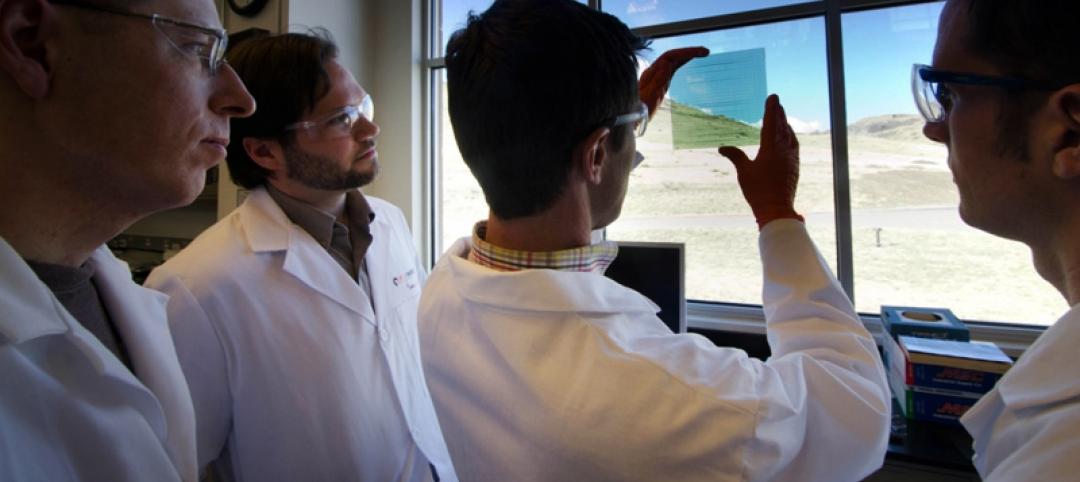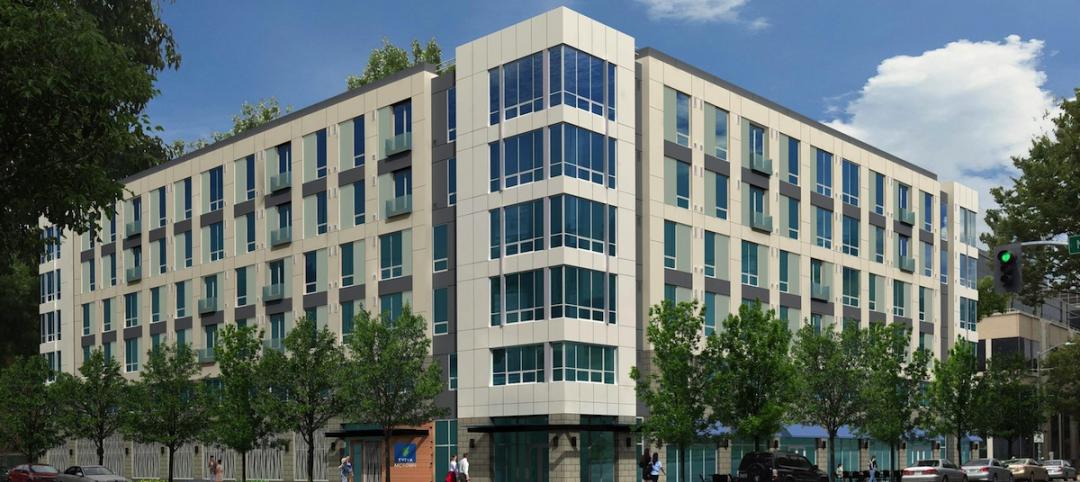Minneapolis is the latest major metro to require large commercial buildings to benchmark and disclose their energy and water use. Beginning in 2015, private commercial buildings >50,000 sf will have to report their energy and water use to the city, which is the first in the Midwest to require the procedure. The policy is intended, in part, to enhance the power of sustainability as a marketing tool.
"Other cities' experiences with disclosure requirements are showing that they will result in lower energy costs for businesses," says Elizabeth Glidden, Minneapolis City Council member, who wrote the ordinance. The city's own facilities and other public offices will start compliance early, disclosing energy and water use for buildings >25,000 sf this year.
Similar policies are already in place in Austin, Texas, New York City, Philadelphia, San Francisco, Seattle, and Washington, D.C. Seattle recently reported that 87% of its commercial and multifamily residential facilities of 50,000 sf or larger are now in compliance, representing more than 200 million sf of property. This year, the next phase of Seattle's ordinance kicks in, covering commercial and multifamily buildings between 20,000 and 50,000 sf. The city has not chosen to release its data, but building owners must make their stats accessible to tenants, buyers, or financial institutions.
(http://www.greenbiz.com/news/2013/02/13/cities-push-energy-data-commercial-buildings)
Related Stories
BIM and Information Technology | Jun 14, 2015
Deep data: How greater intelligence can lead to better buildings
The buzzword may be “Big Data,” but the reality is that Building Teams need to burrow deep into those huge datasets in the course of designing and building new facilities. Much of the information is free. You just need to dig for it.
Smart Buildings | Jun 11, 2015
Google launches company to improve city living
The search engine giant is yet again diversifying its products. Google has co-created a startup, called Sidewalk Labs, that will focus on “developing innovative technologies to improve cities.”
Green | Jun 8, 2015
Maryland tech firm is developing spray-on solar panels for windows
Made primarily out of hydrogen and carbon, the coating can turn see-through surfaces into solar panels.
Green | Jun 8, 2015
Diamond Schmitt Architects creates tool to compare energy use data across building types
The firm's new ecoMetrics tool allows for a comprehensive analysis of data from energy simulation models across a wide range of the company’s building types.
High-rise Construction | Jun 5, 2015
Japanese policymakers discuss mandate for toilets in elevators
This quirky-sounding building code is a safety measure for the earthquake-prone nation.
Cultural Facilities | Jun 5, 2015
Chicago’s 606 elevated park opens
The 2.7-mile stretch repurposes an abandoned elevated train track that snakes through Humboldt Park and Bucktown.
Smart Buildings | Jun 4, 2015
Evidence suggests wider lanes make city streets more dangerous
Lanes that are 10.5 feet wide have lower side impact crashes than standard 12-foot lanes, suggests new research.
BIM and Information Technology | Jun 3, 2015
More accurate GPS ready to change the way we shop, interact, and explore
New technology reduces location errors from the size of a car to the size of a nickel—a 100 times increase in accuracy. This is a major technological breakthrough that will affect how we interact with environments, the places we shop, and entertainment venues.
Multifamily Housing | Jun 1, 2015
Sacramento moves forward on multifamily project with new modular supplier
Guerdon Modular Buildings will provide modules for 118 apartments.
| May 29, 2015
Austin, Salt Lake City, Davis, Calif., and Boston creating first protected intersections in U.S.
Protected intersections arrange traffic so that everyone—bicyclists included—can see all moving traffic simply by looking forward instead of forcing people in cars and on bikes to look constantly over their shoulders.
















